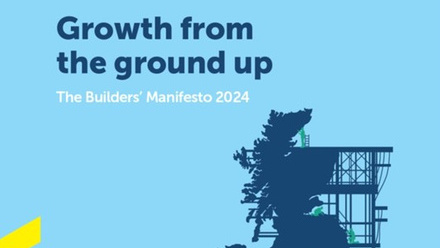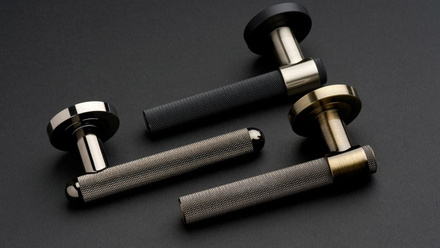Guest contributor: David Hopkins, CEO of the Timber Trade Federation
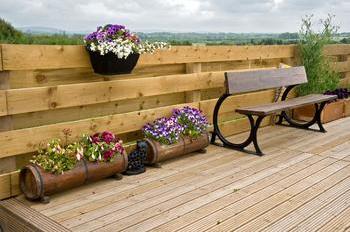
American author and humourist James Thurber, creator of the character Walter Mitty, once wrote: “It’s better to know some of the questions than all of the answers.” Nowhere is that more true than when you’re ordering preservative-treated softwood timber products at the builders’ merchant counter. Even though they may look the same, not all ‘treated timber’ products have received the same loading of preservative treatment into the wood fibre, and this affects where and how they can be used.
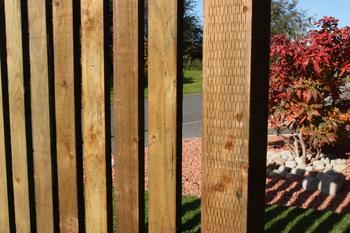
If your builders’ merchant says the timber is ‘green treated’, the first question to ask is: what Use Class application is that suitable for? Under BS8417, the uses of timber are grouped into various Use Classes. The three most common are Use Class 2, for interior use only; Use Class 3, for use outside but above ground level, and Use Class 4, for timber used on or in the ground, or for external structural support. Preservative-treated timber mainly being softwood (Redwood/Pine or Whitewood/Spruce), it’s important to get timber that has been loaded with the correct level of preservative treatment for the job.
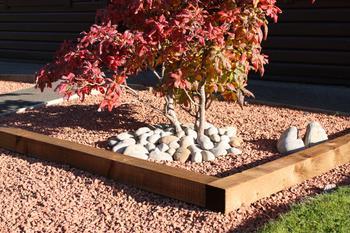
If you’re building a garden deck for a customer, the deck boards on the top would thus be treated for a Use Class 3 application but the sub-frame underneath which is in contact with the ground, even if it’s sitting on some kind of weed-suppressant layer, should be treated for a Use Class 4 application. Timbers treated for a Use Class 2 application, for example for battens, framing timbers or joists for a covered situation such as in a roof, should not be used outdoors in contact with the ground.
Some species take up preservative treatment better than others, so you may find that Whitewood/Spruce for ground contact work has been incised. This allows better penetration of the treatment into the wood. Redwood/Pine has a better take-up of preservative and increasing amounts of this material are now being offered for landscaping uses like sleepers.
The next most important question to ask the merchant is about the desired service life of the material, either 15, 30 or 60 years, and if there’s any accompanying guarantee or warranty for that period. Under the forthcoming Code for Construction Product Information, due to start in coming months, such information should be clearly demonstrated, with easy access to the guarantee if needed. Members of the Timber Trade Federation, under our Code of Conduct, are now accurately describing preservative-treated timber and suitable Use Class applications on sales and delivery documentation, so there should be no doubt what’s available to order or to buy from your builders’ merchant. If in doubt download a copy of our fold-out leaflet, ‘Getting the treatment right’.



